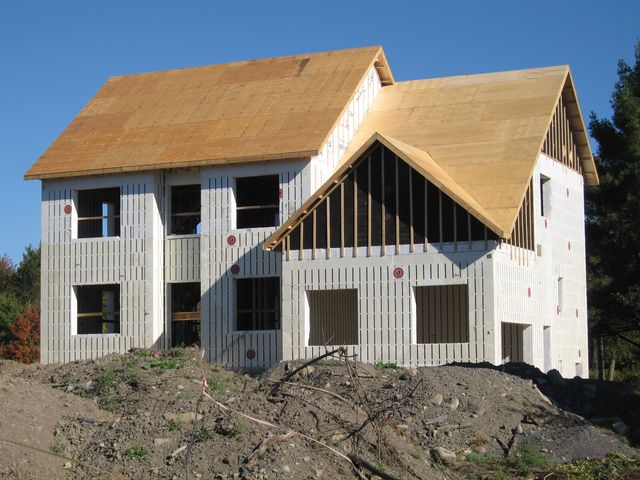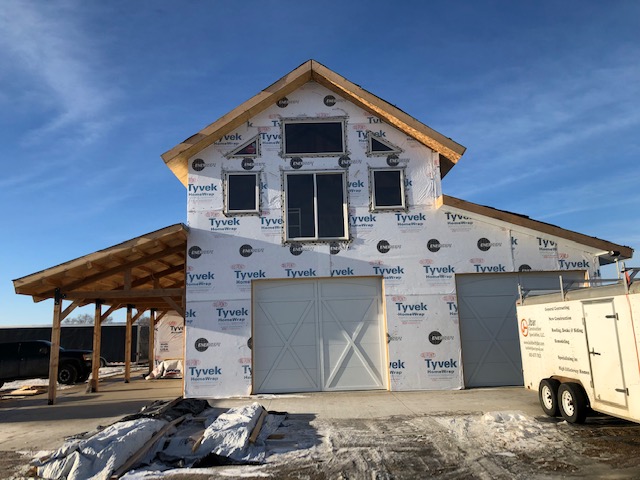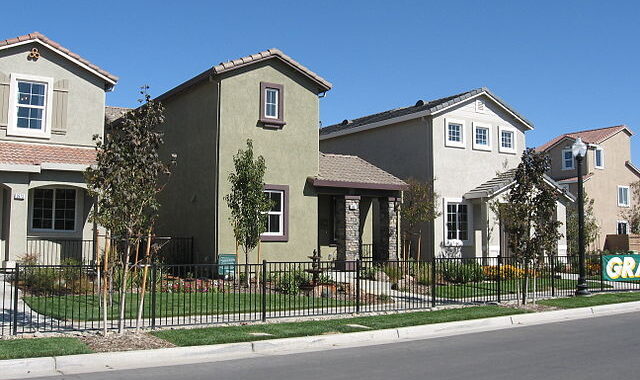Why Barndominiums Are Cheaper Than Traditional Houses

In recent years, barndominiums have emerged as a popular alternative to traditional homes, attracting attention for their affordability and unique design. But what exactly makes barndominiums cheaper than conventional houses? This comprehensive guide delves into the reasons behind the cost difference, exploring factors such as construction methods, materials, and market trends.
1. What is a Barndominium?
A barndominium, often abbreviated as “barndo,” is a hybrid structure that combines a barn with living quarters. Originating from rural areas, these buildings typically feature metal exteriors and spacious interiors, blending agricultural functionality with residential comfort. Their design often includes open floor plans and high ceilings, providing a modern twist on traditional barn structures.
2. Construction Costs: A Comparison
One of the primary reasons barndominiums are cheaper than traditional houses is their construction cost. Here’s why:
- Material Costs: Barndominiums usually employ metal or steel for the exterior, which is less expensive than conventional materials like brick or wood. The use of metal siding and roofing is not only cost-effective but also durable and low-maintenance.
- Labor Costs: The construction of a barndominium often requires less labor than a traditional house. This is because the building’s framework and shell are prefabricated, reducing the amount of on-site work required.
- Foundation and Structure: Barndominiums typically have simpler foundations compared to traditional houses. Many use concrete slabs or piers, which are less costly than the full basements or complex foundations often needed for conventional homes.
3. Design Efficiency
Barndominiums are designed with efficiency in mind, contributing to their lower costs:
- Open Floor Plans: The interior design of barndominiums often includes open spaces without load-bearing walls. This design not only creates a spacious living environment but also reduces construction costs associated with framing and interior walls.
- Simplified Design: Barndominiums generally avoid intricate architectural features and excessive ornamentation. This straightforward design approach minimizes both material and labor expenses.
4. Energy Efficiency
Barndominiums can also be more energy-efficient than traditional homes:
- Insulation: Many barndominiums use advanced insulation techniques, such as spray foam, which provides better thermal performance. Improved insulation helps to reduce heating and cooling costs over time.
- Durability: Metal exteriors and roofing materials are highly durable and can withstand harsh weather conditions, leading to lower maintenance costs and longer-lasting energy efficiency.
5. Market Trends and Location
The location and market trends play a significant role in the cost-effectiveness of barndominiums:
- Rural Settings: Barndominiums are often built in rural or semi-rural areas where land is more affordable. This can significantly reduce the overall cost of the property compared to urban or suburban locations where traditional houses are typically built.
- Increased Popularity: As the popularity of barndominiums grows, there is an increasing supply of prefabricated kits and construction services tailored to these structures. This growing market can drive down costs as competition increases.
6. Cost Savings Over Time
Barndominiums offer several long-term cost benefits:
- Maintenance: The metal exteriors of barndominiums require less maintenance compared to traditional wood or brick. This translates to lower upkeep costs over the life of the building.
- Insurance: Due to their durable construction, barndominiums often have lower insurance premiums compared to traditional houses, particularly in areas prone to severe weather.

7. Customization and Flexibility
Despite their lower cost, barndominiums offer a high degree of customization:
- Interior Layout: Homeowners can often customize the interior layout of a Barndo house to fit their needs without significantly impacting the overall cost.
- Exterior Design: While the structure is primarily metal, homeowners can choose from various finishes and designs to achieve the desired aesthetic, allowing for personalization within a budget-friendly framework.
8. Case Studies and Examples
Examining specific examples of barndominiums can provide insight into their cost advantages:
- Case Study 1: A barndominium built in Texas was completed at a fraction of the cost of a traditional home with similar square footage. The use of prefabricated metal panels and a simple foundation contributed to the savings.
- Case Study 2: In rural areas of the Midwest, barndominiums have become a popular choice for those seeking affordable housing options. The combination of low land costs and efficient construction methods has made them an attractive alternative.
Conclusion
Barndominiums present a compelling option for those seeking affordable housing solutions without sacrificing quality or comfort. Their lower construction and maintenance costs, combined with design efficiency and energy savings, make them a practical choice for many homeowners. As the market for barndominiums continues to grow, their cost advantages are likely to become even more pronounced.


 How to Create a Successful Financial Freedom Plan
How to Create a Successful Financial Freedom Plan  How to Use Social Media for Brand Building
How to Use Social Media for Brand Building  SEO Tools vs. Manual Optimization
SEO Tools vs. Manual Optimization  How Interest Rates Affect Home Prices
How Interest Rates Affect Home Prices  Pets Analysis Online Ecommerce Store
Pets Analysis Online Ecommerce Store  Medical Alert System Costs
Medical Alert System Costs